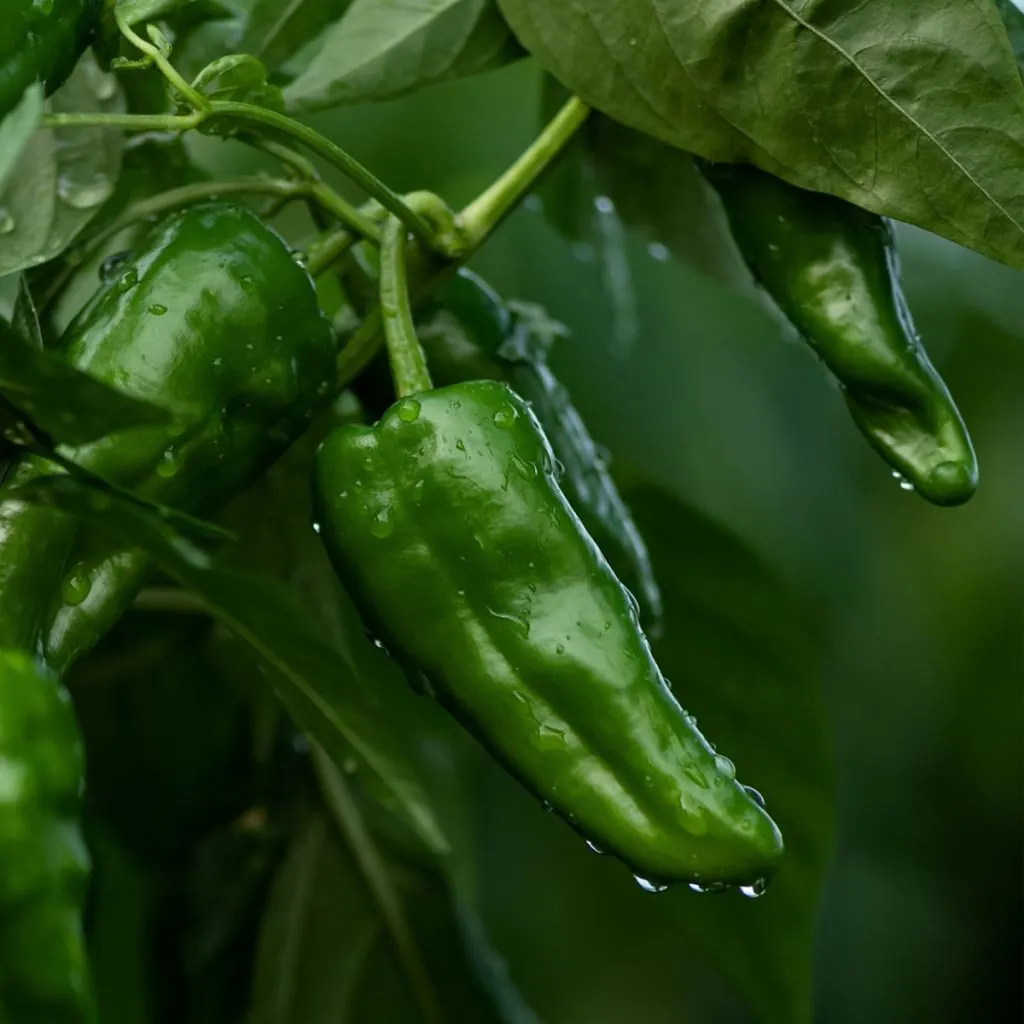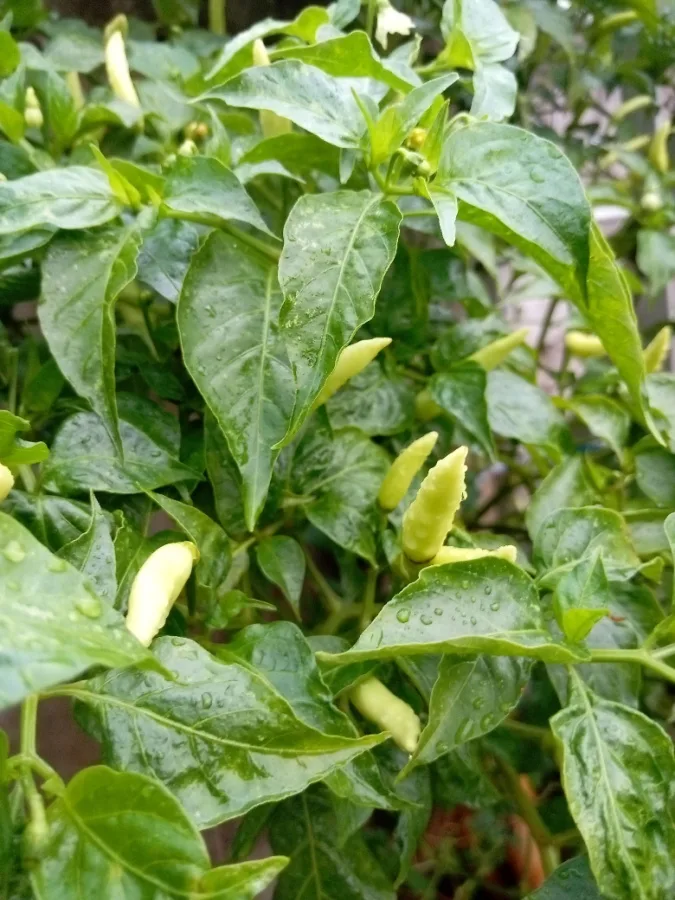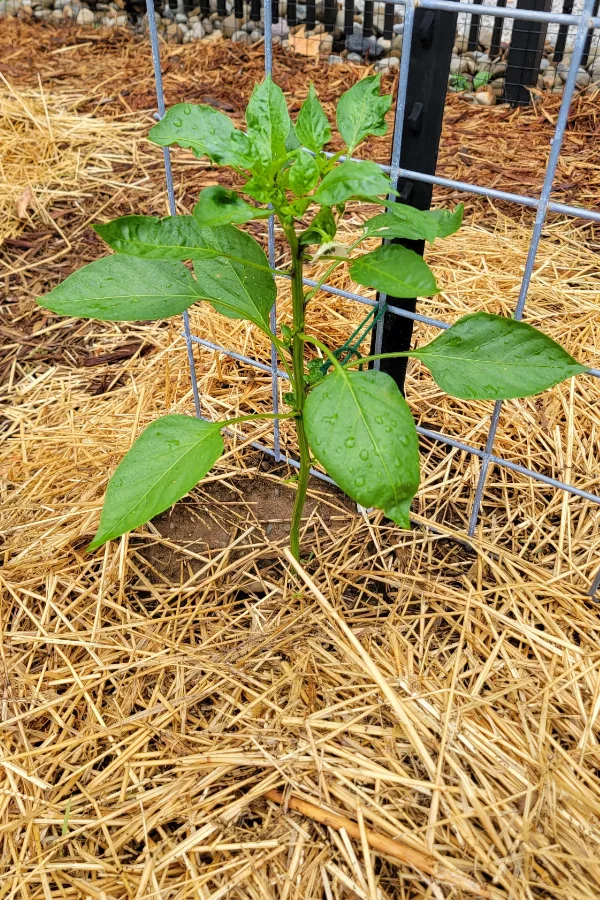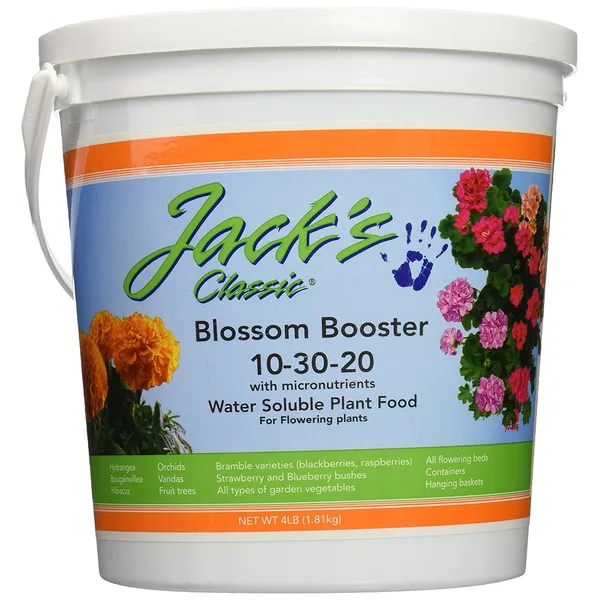Want to know how to fertilize your peppers this year to get your plants growing fast and producing more peppers than ever?
Whether you love growing sweet peppers, green peppers, ornamental peppers – or the hottest peppers on the planet, supplying them with the power and energy they need is important for growing strong, healthy plants that produce a big harvest.
Much like tomato plants, pepper plants are heavy feeders from the soil. And to develop strong roots and healthy foliage, they need a constant supply of energy. But they don’t just need that energy to develop early on. They also need even more special nutrients when it comes time to start producing blooms and fruit.

Don’t Forget To Power Your Peppers!
Pepper plants are one of the most under-fertilized plants in the garden. A lot of effort is spent on powering tomatoes – but pepper plants need the same attention to grow and produce a big harvest. See our article: How To Jump Start Tomato Plants
Unfortunately, even when growing in the best of soils, pepper plants often run out of available nutrients. That can be true for peppers growing in a traditional garden – but especially so for ones growing in raised beds, pots and containers.
When a pepper plant fails to get the energy it needs, not only will the plant’s health suffer, but your harvest will too. And that is exactly where fertilizing comes to the rescue. With that in mind, here is a look at 2 simple secrets to fertilizing your pepper plants for big success this year!
How To Fertilize Peppers – 2 Secrets To Get Pepper Plants Growing & Producing!
Powering your pepper plants at the right time and with the right fertilizer is a big key to success. As is making sure the dose of energy you are giving them isn’t too strong or too weak – and filled with the nutrients the plant needs most.
If you provide too much energy too quickly, it can lead to an overabundance of foliage growth. When peppers receive too many nutrients at once, they put all of that power into growing bigger. Unfortunately, that comes at the expense of producing new blooms and fruit.

On the other hand, supplying too little energy leads to weak plants that do not have enough power to produce blooms or mature fruit. So what is the perfect balance?
It all comes down to supplying your pepper plants with fertilizer at regular intervals, but in smaller doses – and that can be best done with a combination of liquid and dry granular fertilizers. First, let’s take a look at what each fertilizer can do, and then see how to use them to power your peppers.
Granular vs. Liquid Fertilizers – How To Fertilize Peppers
Granular and liquid fertilizers both have their place when it comes to fertilizing pepper plants. Although each supplies energy, they do so in slightly different ways.
Dry, granular fertilizers are applied on top of the soil. They break down slowly and feed a plant’s roots at a slow and steady pace. Liquid fertilizers on the other hand are absorbed via a plant’s leaves, stems and roots. This method of fertilizing can reach and power the plant much faster.
Together, it’s the combination of the two that can really help pepper plants grow strong and healthy – and keep them producing heavily as well.

#1 How To Fertilize Young Pepper Plants
When pepper plants are first planted outdoors, this is the time to apply a good all purpose granular fertilizer. But you want one early on that is balanced.
Nearly all fertilizer bags or containers contain three very important numbers somewhere on their label. These three numbers represent the fertilizer’s N-P-K ratio. It stands for the percentage of Nitrogen (N), Phosphorous (P), and Potassium (K) in the fertilizer mix.
Most all-purpose fertilizers contain an equal amount of each. The best choice of all early on is to feed your plants with a fertilizer that contains close to a 10-10-10 ratio of N-P-K. Affiliate Product Link: 10-10-10 All Purpose Granular Fertilizer
This will supply an equal amount of nitrogen, which powers plant growth. Nitrogen is very important early on – but not as much later as you will see in a moment.
Granular fertilizers work slowly as they break down in the soil. Apply two applications of granular fertilizer – the first on planting day – and the second a few weeks later. This will help plants grow good roots, stems and foliage. And set the stage for liquid fertilizing to promote blooms and fruit.
#2 Late Spring / Summer Fertilizing – How To Fertilize Peppers
At this point, pepper plants are not only growing, but getting ready to set blooms and early fruit. Because of this, they can benefit from a fertilizer that helps power those blooms and fruit even more.

Unfortunately, if you keep giving equal doses of nitrogen to phosphorous and potassium, the plant will simply grow instead of worrying about producing blooms for fruit. This is where paying attention to the 3 numbers on your fertilizer makes a big difference. As does feeding them a liquid fertilizer!
Liquid fertilizers work fast. They also work in two unique ways, absorbing through the roots of a plant and through its leaves. That means your pepper plants can get the energy they need more quickly. But here is where you want to use a fertilizer with a much higher ratio of phosphorous and potassium than nitrogen.
Selecting The Right Fertilizer – How To Fertilize Peppers
When selecting a liquid fertilizer, look for a ratio that is at least double for phosphorous and potassium versus nitrogen. Affiliate Product Link: Jack’s Classic Professional Blossom Booster 10-30-20 Water-Soluble Fertilizer for Vegetables
This will give you a higher percentage of both phosphorous and potassium, and only half as much nitrogen. Why is this important? Because phosphorous and potassium are critical for bloom development, where nitrogen simply helps a plant grow.
As for when and how often to apply – start liquid fertilizing about two weeks after your plants have been planted. Instead of giving full doses once a month, mix your liquid fertilizer at half strength and apply every 10 to 14 days.

This will give a gentle but constant supply to help your pepper plants produce like never before. One thing is for sure, the dual approach to fertilizing your pepper plants will pay off with a delicious and robust harvest – no matter if your peppers are hot, sweet or mild!
This Is My Garden
Follow Our Facebook Page For Great Gardening Tips And Advice! This Is My Garden Facebook Page
This Is My Garden is a garden website created by gardeners, for gardeners. Jim and Mary Competti have been writing gardening, DIY and recipe articles and books and speaking for over 15 years from their 46 acre Ohio farm. They publish three articles every week, 52 weeks a year. Sign up today to follow via email, or follow along!
